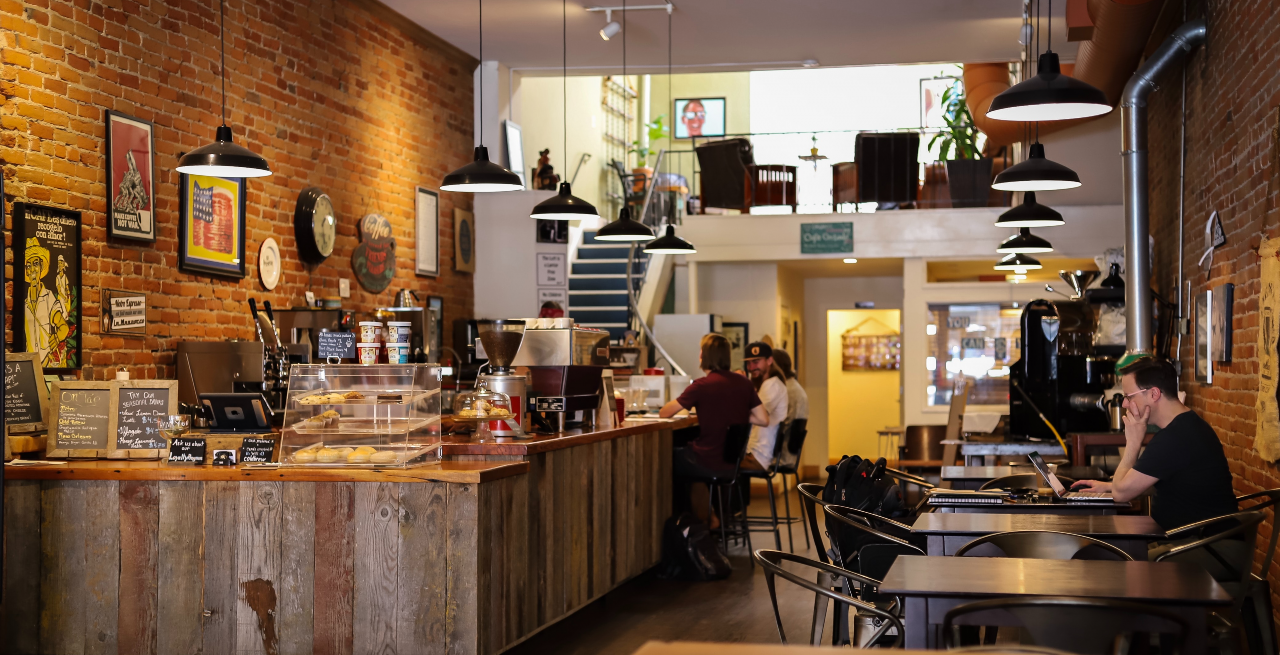IoT Is Revolutionizing The Way Restaurants Operate and Manage Food Safety
4 Min Read By Francine L. Shaw
IoT has become an indispensable tech solution for the restaurant industry. Integrating IoT devices and connectivity drives efficiency, enhances food safety, mitigates risks, increases transparency, reduces waste, and provides many other benefits for restaurants. In fact, leveraging IoT is revolutionizing the sector by optimizing supply chain management, enhancing the customer experience, and facilitating data-driven decision-making.
The numerous, significant benefits of using IoT in the restaurant industry include:
Enhancing food safety. Connected sensors and devices allow real-time tracking and monitoring of food products throughout the supply chain. By leveraging IoT, restaurants and other food businesses can continuously monitor crucial variables like temperature and humidity to ensure optimal storage conditions. This proactive approach significantly reduces the risk of spoilage and contamination, ultimately delivering safe, high-quality food to organizations and…
Sorry, You've Reached Your Article Limit.
Register for free with our site to get unlimited articles.
Already registered? Sign in!


